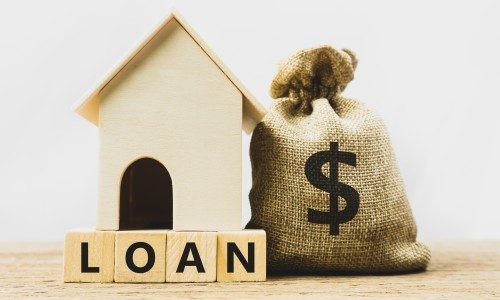Are you looking for ways to fund renovations to your home? If so, one of the options you may want to consider is a home equity loan. This type of loan is ideal for homeowners who want to use the equity built up in their home to finance renovations and other home improvement projects.
A home equity loan is a loan that is secured by the equity in your home. This means that the loan is secured by the value of your home, which serves as collateral for the loan. In order to qualify for a home equity loan, you must have enough equity in your home to cover the loan. Usually, this means that the loan-to-value ratio of your home must be at least 80%.
Once you have qualified for a home equity loan, you can use the funds to finance home renovations. The amount of the loan will depend on the value of your home and your credit score. The interest rate on a home equity loan is typically lower than other types of loans, making it an attractive option for financing home renovations.
When it comes to using a home equity loan to finance home renovations, it is important to remember that you are risking the equity in your home. If you are unable to make payments on the loan, you may risk losing your home. Therefore, it is important to make sure you can afford the payments before taking out a home equity loan.
When using a home equity loan to finance home renovations, it is important to remember to shop around for the best rate. Home equity loans are offered by a variety of lenders, including banks, credit unions, and online lenders. Comparing rates and terms can help you find the best deal.
Finally, it is important to create a budget before taking out a home equity loan. This will help ensure that you can afford the payments and also help you plan for the cost of the renovations.
By following these tips, you can use a home equity loan to fund home renovations. With careful planning and budgeting, you can use the equity in your home to create the home of your dreams.











